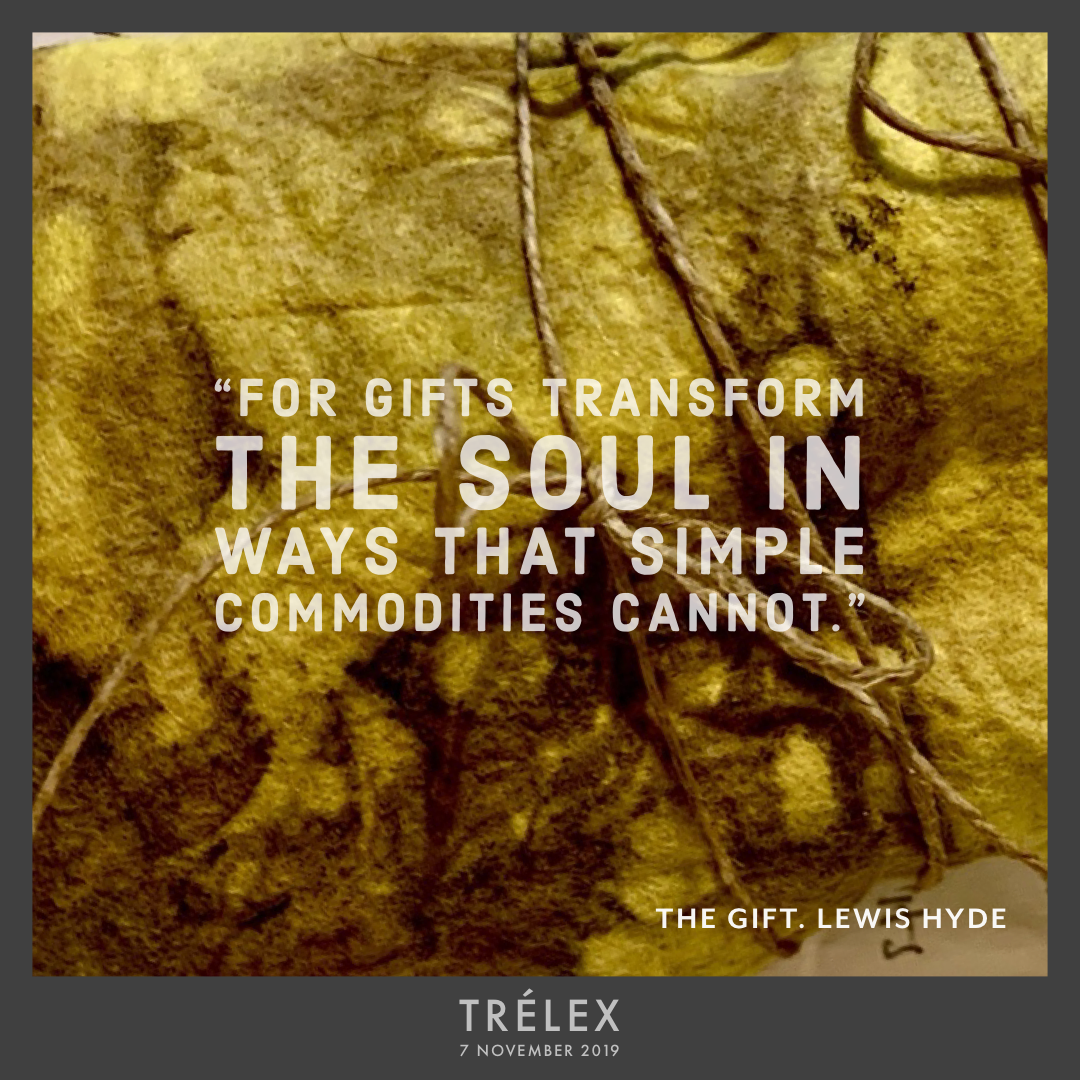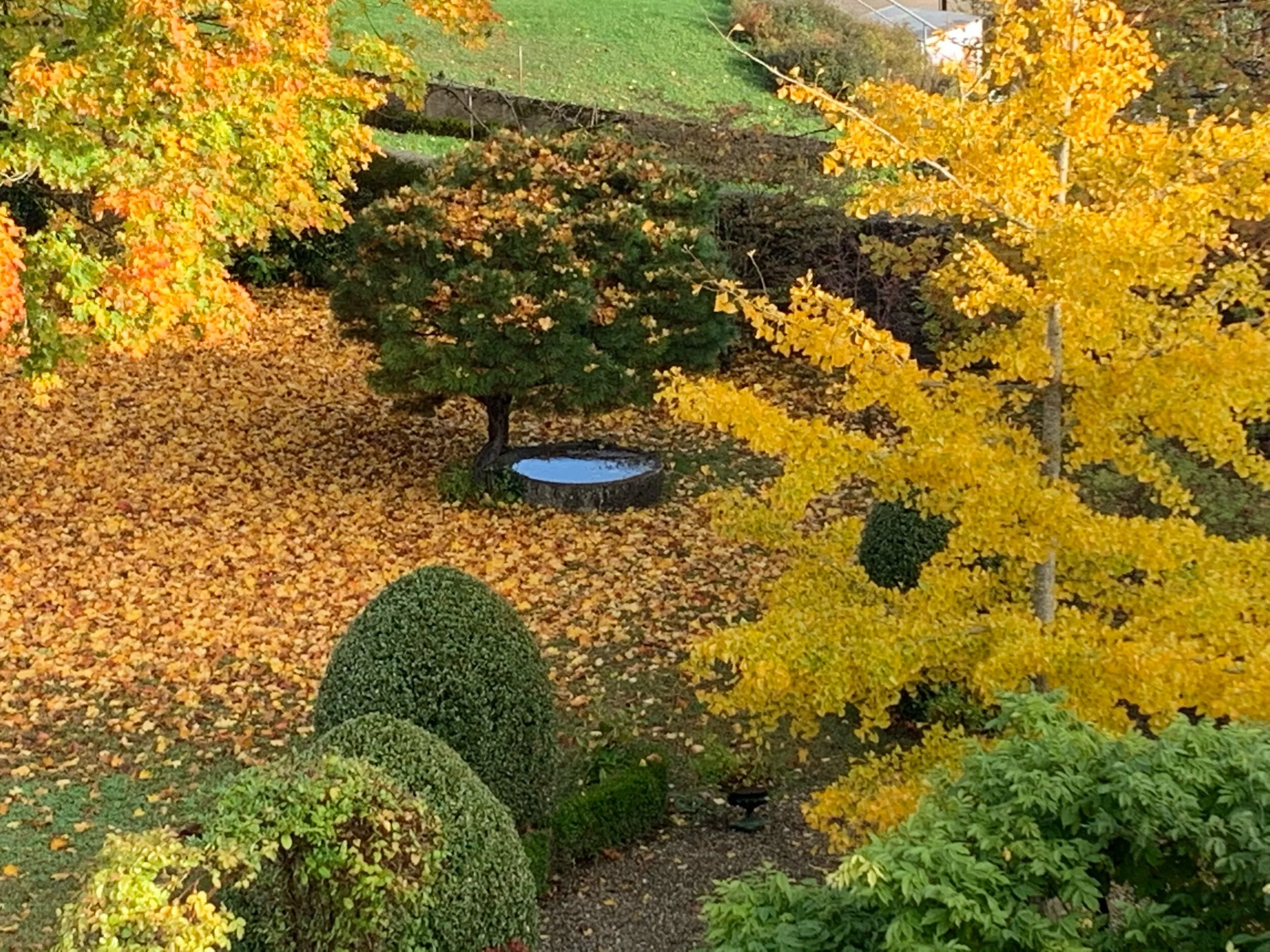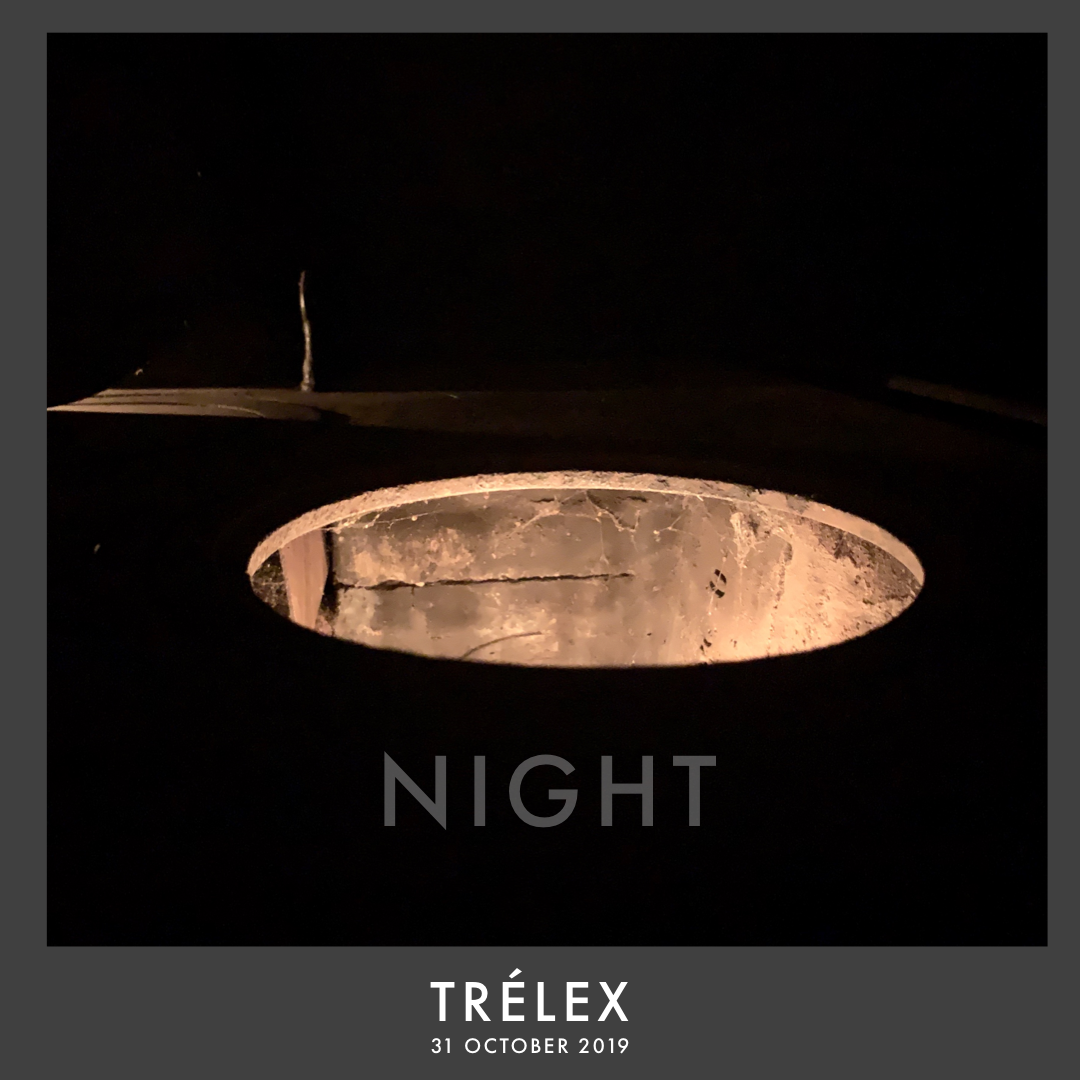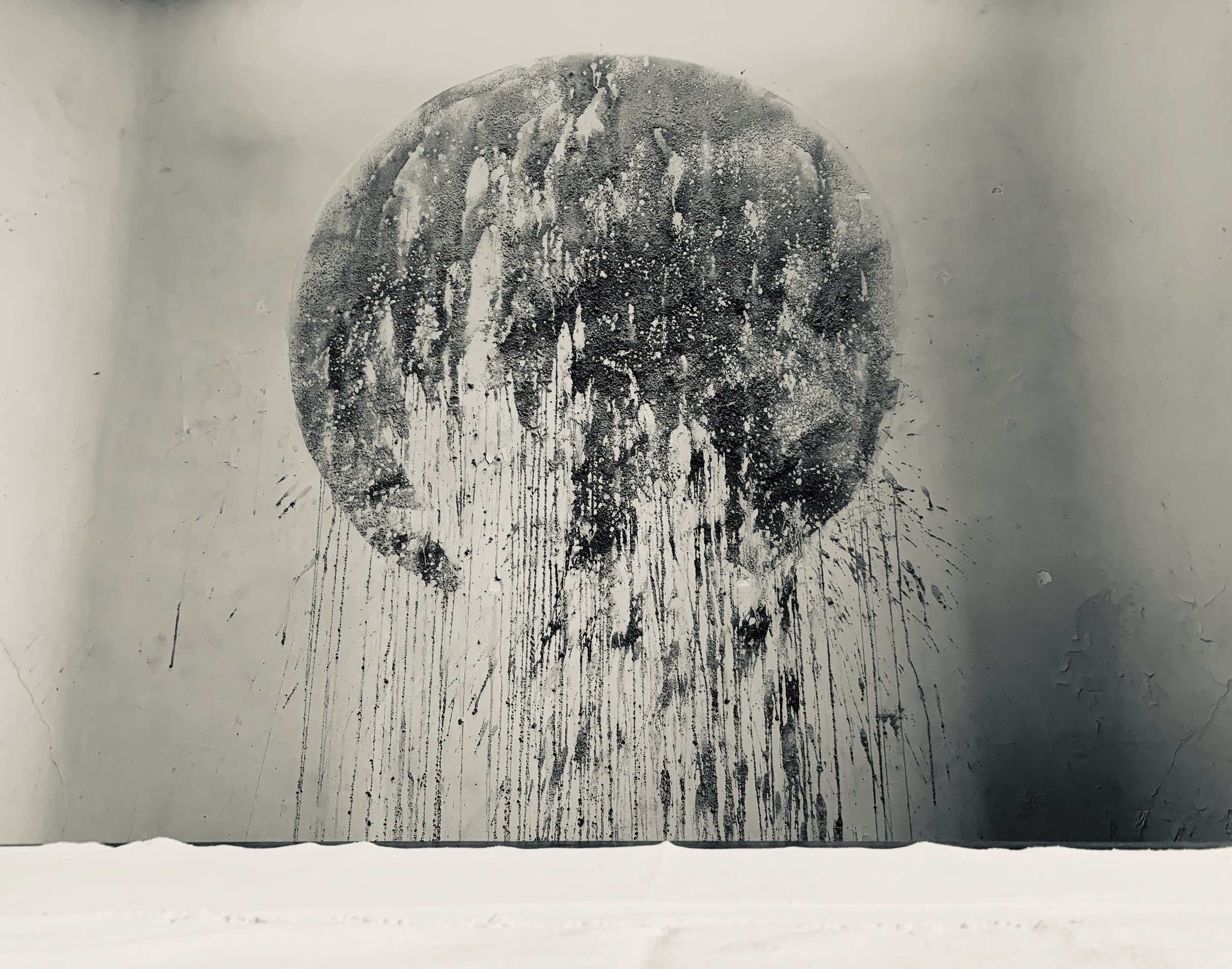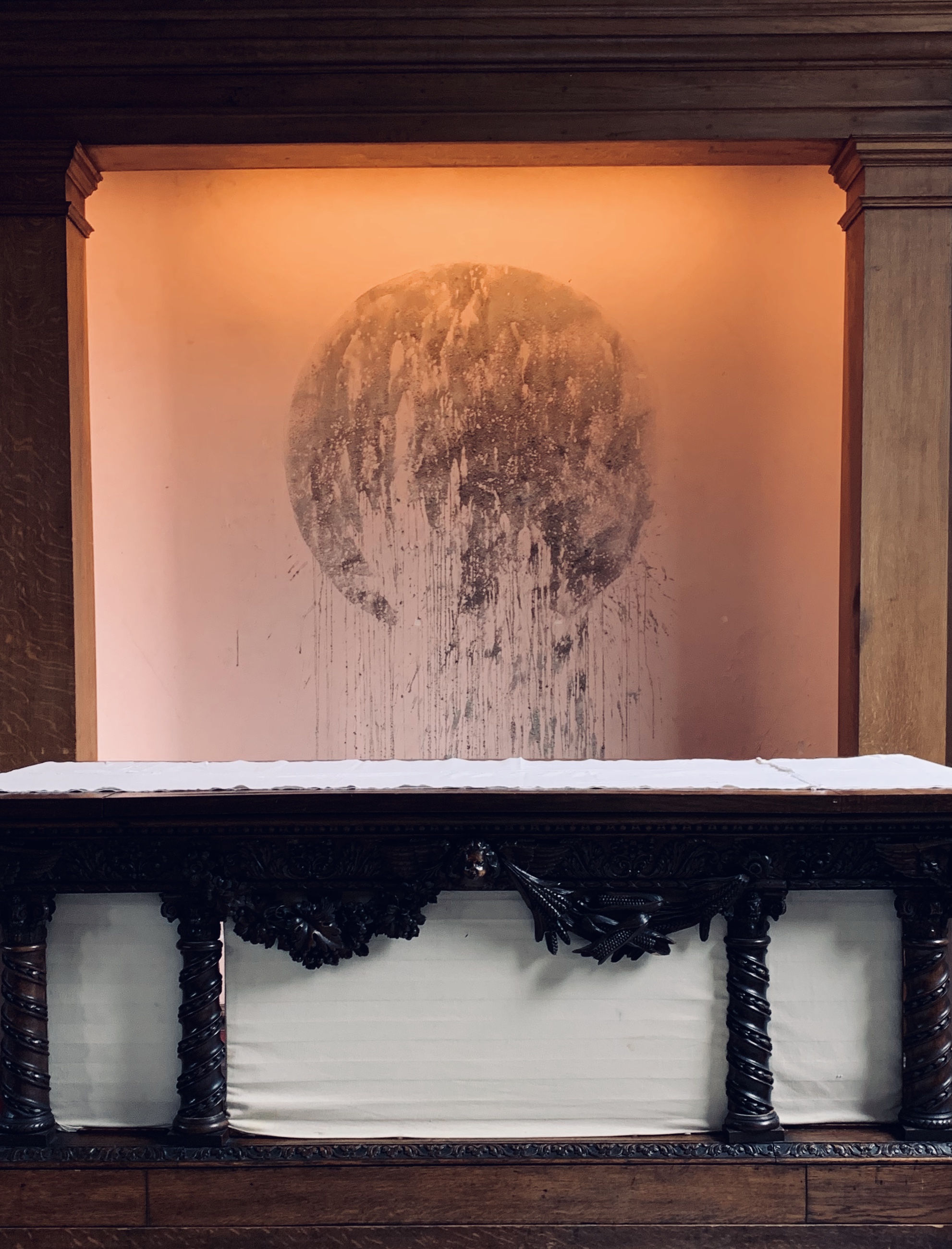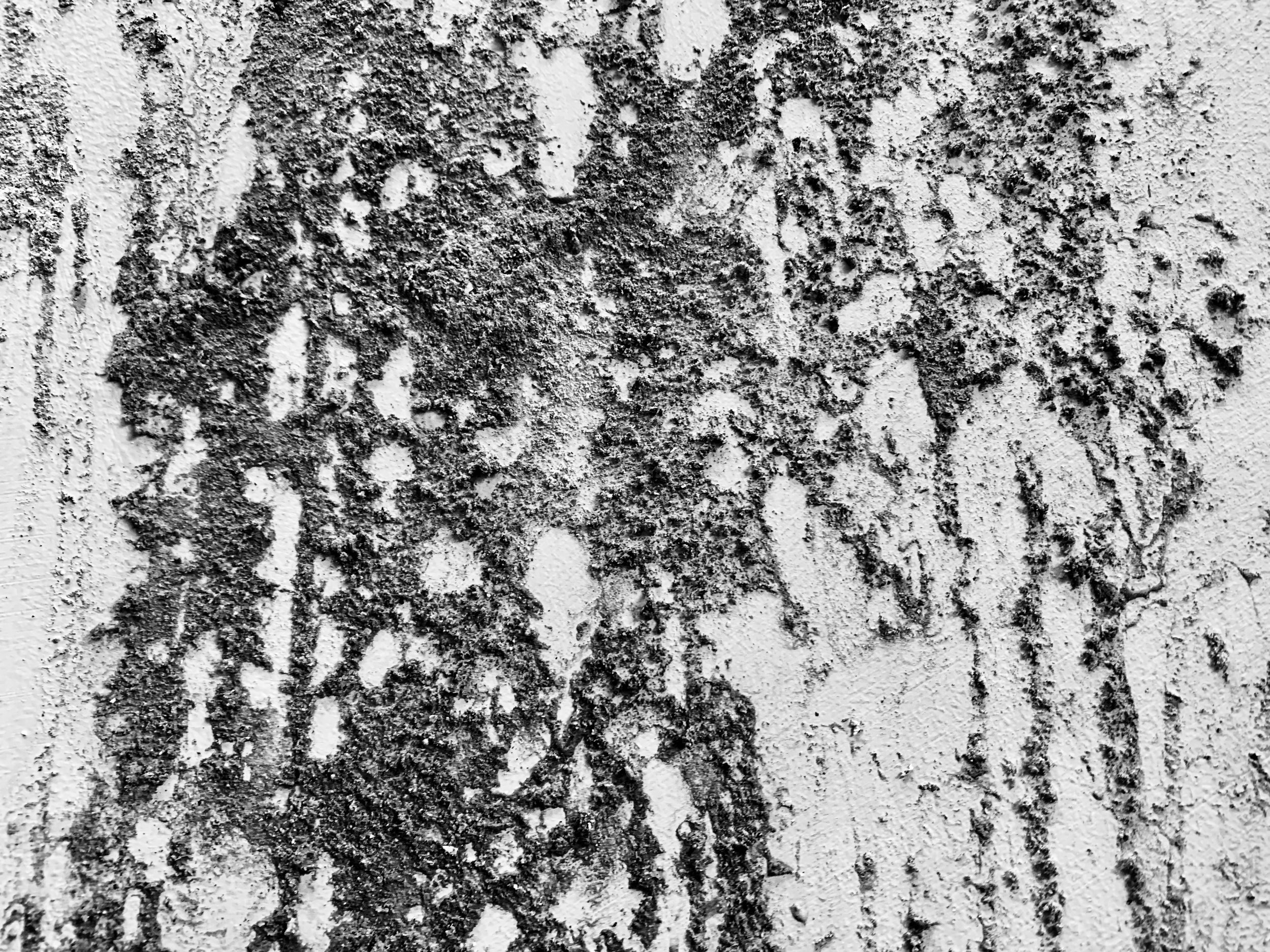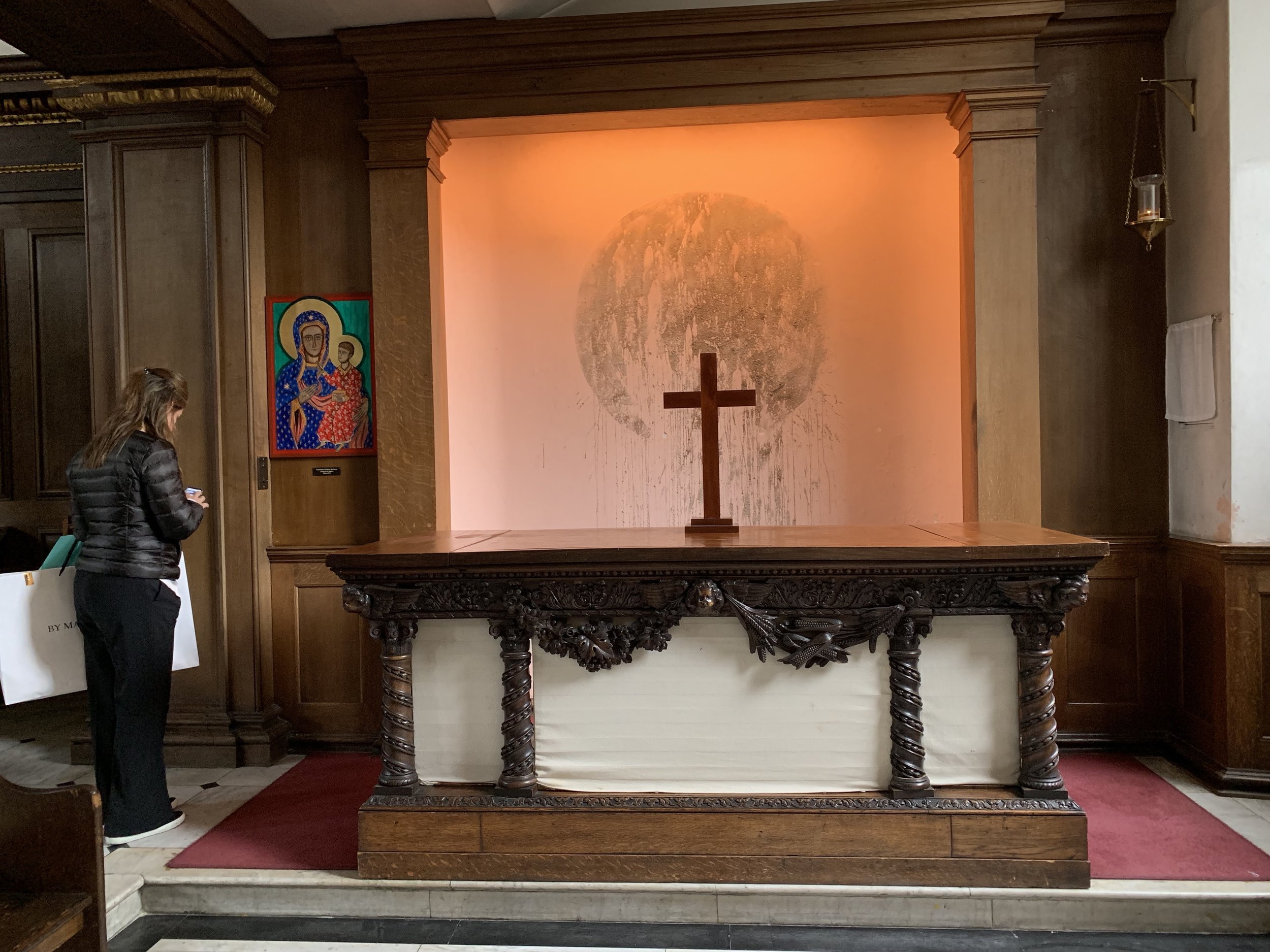Trélex Residency Day 10. 7 November 2019.
A gift for Rita. Walnuts gathered from a Chelva campo and then given a place in her installation in the Trélex studio.
I am reading Lewis Hyde’s fascinating book ‘THE GIFT’. A wide ranging exploration of the giving of gifts rather than the buying and selling of commodities. Using examples ranging from fairytales, Polynesian gift economies, usuary, Ezra Pound and the Greek god Hermes; the last chapters focus on the giving and receiving of the ‘artistic gift’.
Scientists discovered that when birch seedlings were ‘weeded’ out from Douglas Fir plantations, the young conifers failed to thrive or even died.
Then this morning a fascinating reading in Richard Rohr’s daily meditation appeared in my Inbox, it focused on the mutuality of trees and fungi.
The giving of gifts
I made some pencil and match-stitch charcoal drawings using the curtain rings as templates.
“The mycorrhizae may form fungal bridges between individual trees, so that all the trees in a forest are connected. These fungal networks appear to redistribute the wealth of carbohydrates from tree to tree. A kind of Robin Hood, they take from the rich and give to the poor so that all the trees arrive at the same carbon surplus at the same time. They weave a web of reciprocity, of giving and taking. In this way, the trees all act as one because the fungi have connected them. Through unity, survival. All flourishing is mutual. ”
I bought several wrapped gifts with me; all contain objects that consented to travel to Switzerland wrapped in eco-prints from my garden in Chelva.



